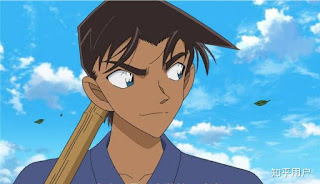Kansai-ben——Misrepresentation of Osaka

Earlier in my blog, I mentioned I’m a FAN of Hattori Heiji . He is a detective with his unique Osaka spirit , while his accent has always been laughed at by other characters, as well as the audience. This is what I’m going to discuss today ——the misrepresentation of Osaka . * * * * * * * * * * * * * Many outsiders , including Japanese, tend to regard Osaka people’s accent or way of talking as funny , odd , and extremely out-of-date . In some Japanese comedy shows, Osaka accent is used as a trick for laughter . 👓 🔎 I n Detective Conan , 🔍 👓 🎬 💁♀️ Judy , an American teacher, mistook Heiji as a foreigner because of his strange accent . 🎬 💁♂️ He...


